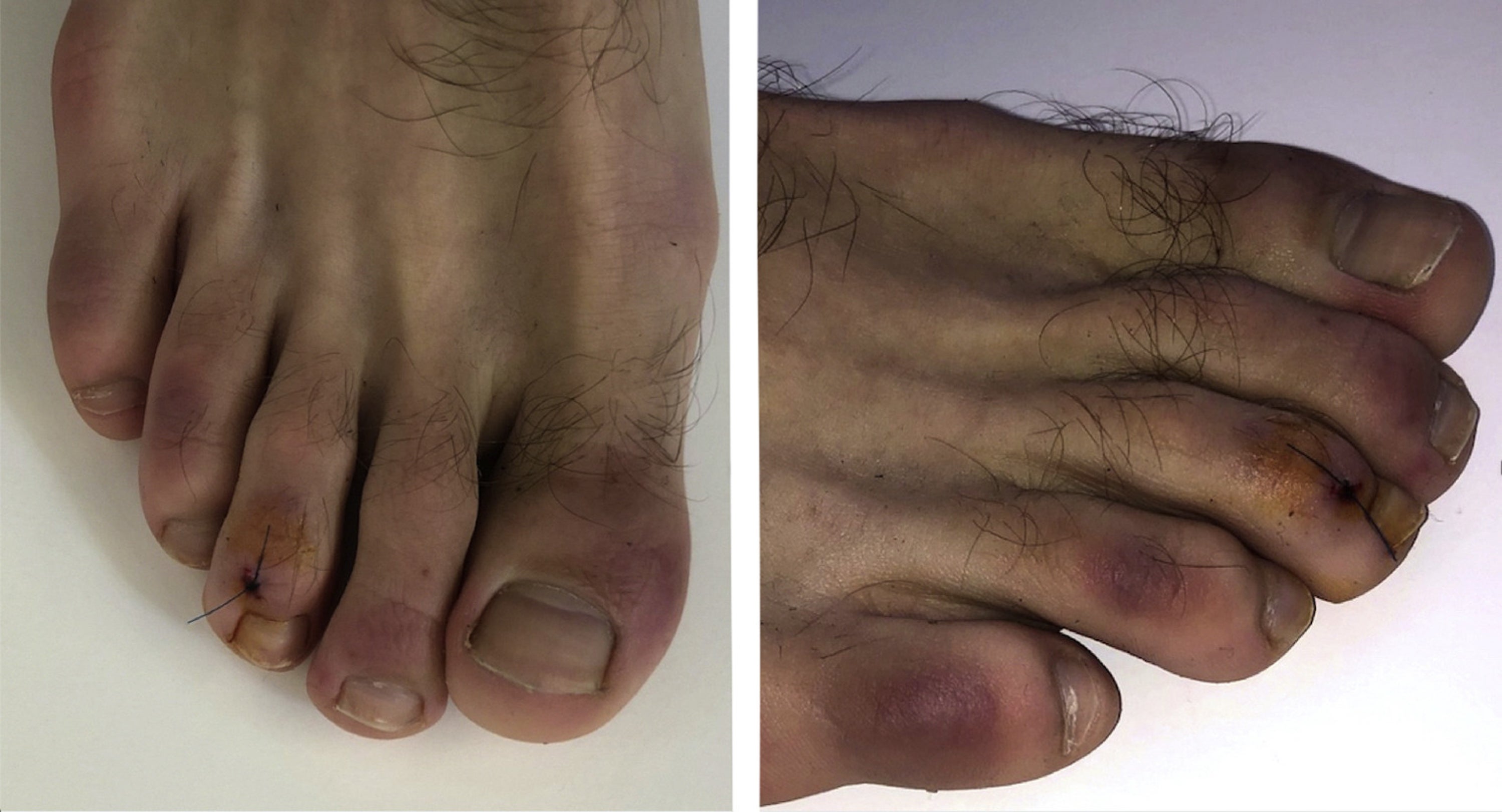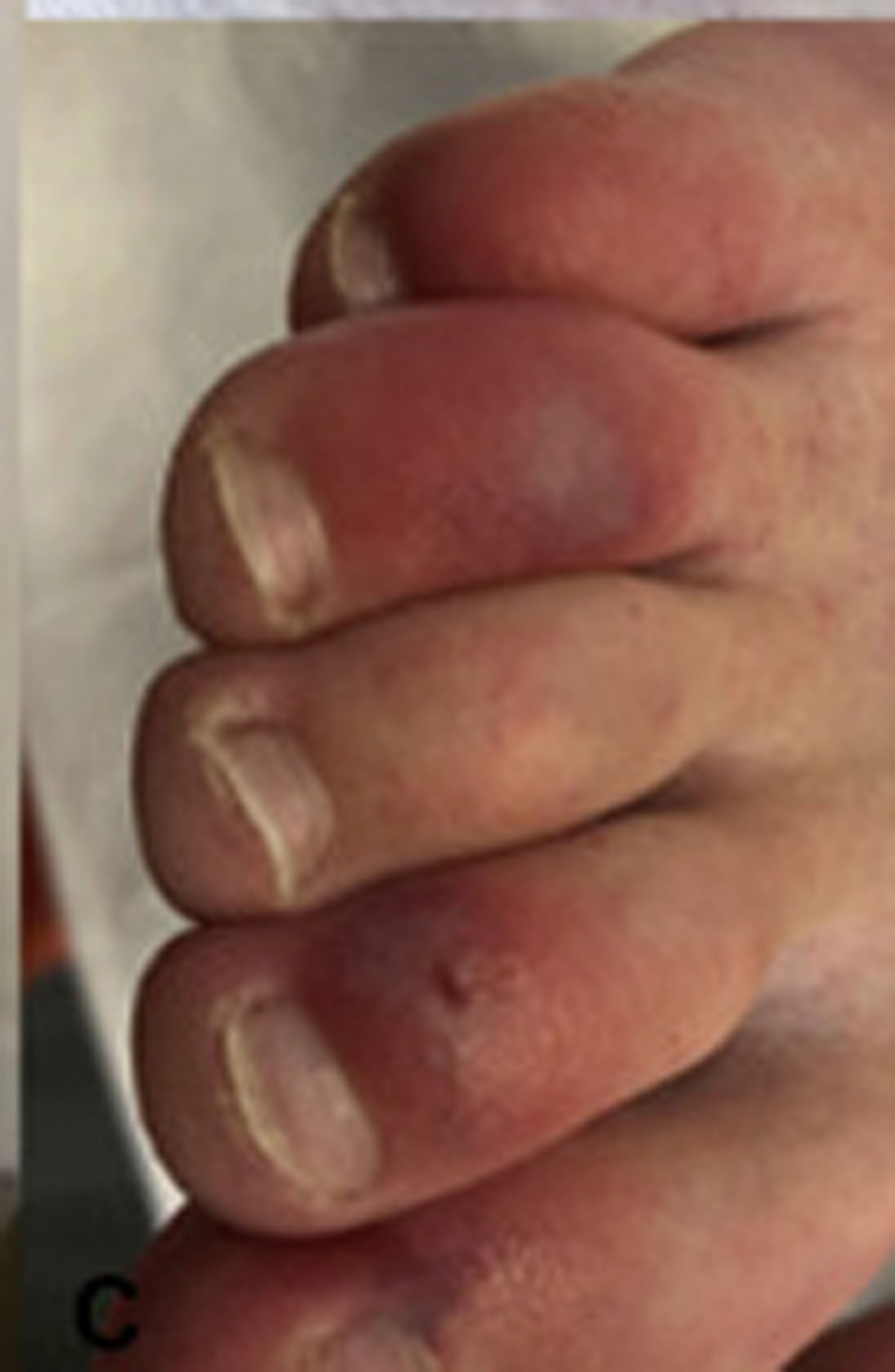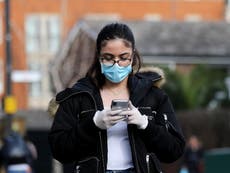Covid toes: What is chilblain and what are the symptoms?
Condition can persist for several months
Your support helps us to tell the story
From reproductive rights to climate change to Big Tech, The Independent is on the ground when the story is developing. Whether it's investigating the financials of Elon Musk's pro-Trump PAC or producing our latest documentary, 'The A Word', which shines a light on the American women fighting for reproductive rights, we know how important it is to parse out the facts from the messaging.
At such a critical moment in US history, we need reporters on the ground. Your donation allows us to keep sending journalists to speak to both sides of the story.
The Independent is trusted by Americans across the entire political spectrum. And unlike many other quality news outlets, we choose not to lock Americans out of our reporting and analysis with paywalls. We believe quality journalism should be available to everyone, paid for by those who can afford it.
Your support makes all the difference.Along with a high fever, a new, persistent cough and a loss or changed sense of smell and taste, some people who contracted coronavirus also reported a side effect known as “Covid toes”.
The symptom results in chilblain-like inflammation and redness on the hands and feet, sometimes lasting for months.
A new study into the phenomenon suggests that the skin condition may be a side effect of the immune system’s response to fighting off the virus.
Published in the British Journal of Dermatology, the study examined 50 Covid patients who reported the symptom, and 13 participants with similar chilblains lesions that arose before the pandemic.
Here’s everything you need to know about chilblain and Covid toes:
What are chilblains?
According to the NHS, chilblains are small, itchy, red patches that usually appear on fingers and toes several hours after you have been in the cold. They can appear on your face and legs as well.
Chilblains usually go away without requiring treatment within two to three weeks. However, the health service recommends seeing a GP if they do not go away on their own.
How is it related to Covid toes?
The symptom known as “Covid toes” shows similarities to chilblains, including toes becoming swollen or changing colour from red to purple.

Covid toes typically develop within a week to four weeks of being infected and are said to be mild in majority of cases, with feet returning to their normal condition within weeks.
But according to the International League of Dermatological Societies and the American Academy of Dermatology, the inflammation continued for more than 150 days in some cases.

What could be the cause of Covid toes?
According to the new study, which was conducted in April 2020 at Saint-Louis Hospital in Paris, it may be caused by the body generating an immune which targets a person’s own cells and tissues by mistake as well as the Covid-19 virus.
Researchers also found that cells lining blood vessels which supply the affected areas also appeared to contribute to the development of Covid toes.
Dr Charles Cassius, senior author of the study, said the research provided new insight into the symptoms, but added: “The epidemiology and clinical features of chilblain-like lesions have been extensively studied and published, however, little is known about the pathophysiology involved.”
When were Covid toes first reported?
The unusual side effect was observed early in the pandemic.
On 29 April, researchers from Spain published a study concerning the “cutaneous manifestations of Covid-19 disease”, cutaneous meaning “relating to the skin”.
The scientists came across five different forms of rashes affecting 375 Covid-19 patients.
These included itchy or painful chilblain-like lesions on the hands and feet, including Covid toes; small blisters on the torso; small, flat and raised red bumps; blotchy red or blue-looking skin; and pink or white raised areas of the skin that looked similar to nettle rash.
Dr John Ingram, editor-in-chief of the British Journal of Dermatology, commented at the time that the investigation was “the most definitive piece of research on the skin features associated with Covid-19 to date”.
“There has been speculation for some time that the virus is responsible for a number of skin signs, but until now these had largely been individual or small scale case reports. This study represents a much more systematic and thorough categorisation of the features,” he stated.
In addition to Covid toes, people around the world have reported experiencing various other side effects they believe could be linked to the virus, including delirium, conjunctivitis and diarrhoea.



Join our commenting forum
Join thought-provoking conversations, follow other Independent readers and see their replies
Comments